17 Easy Ways to Eat Less Sugar and Lose Belly Fat

As the bestselling author of more than 15 books, I’ve been on a twenty-five-year mission to help Americans live their happiest and healthiest lives. That’s why I packed my book Zero Sugar Diet with research that explains why you can’t lose weight—and shows it’s not your fault. The real culprit is sugar—specifically added sugars, which food manufacturers sneakily slip into almost everything we eat, from bread to cold cuts to yogurt, peanut butter, and pizza, and even “health” foods. The average person is getting 22 teaspoons – or 88 grams – of added sugar a day… 4 times our safety limit!
Until recently, there was no easy way to tell how much added sugar you’re eating—and how to avoid it without sacrifice. But by zeroing in on added sugars, you’ll prevent the blood sugar surges that lead to belly fat, diabetes, heart disease, cancer, liver disease, fatigue, and tooth decay. And you’ll conquer your addiction to sugar. Because it is an addiction. Here are 17 ways to eat less sugar and lose belly fat.
RELATED: 8 Best Ways to Strip Away Your Unhealthiest Belly Fat.
Read food labels carefully

Avoid foods with high levels of added sugars, which are clearly marked on today’s nutrition labels, a somewhat recent development. Learning to identify the various names for sugar can help you avoid inadvertently consuming it. Among the aliases that can be red flags: Agave, barley malt, brown sugar, cane juice/evaporated cane juice, cane sugar, cane syrup, corn sweetener, corn syrup, corn syrup solids, dextrose, fructose, glucose, high fructose corn syrup, honey, invert sugar, lactose, malt sugar, malt syrup, maltose, molasses, raw sugar, sucrose, syrup, trehalose, and turbinado.
Choose whole fruits instead of fruit juices
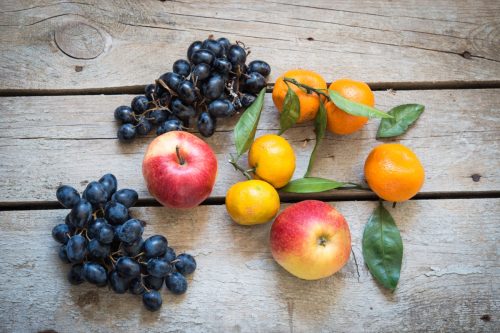
Whole fruits contain natural sugars along with fiber, which helps slow down sugar absorption, reducing spikes in blood glucose. The fiber in whole fruits acts as a natural buffer to slow down the absorption of sugar, helping to manage your blood sugar levels more effectively. On the other hand, fruit juices, even those labeled as “natural” or “100% juice,” lack fiber and can cause rapid sugar spikes similar to those caused by sugary soft drinks.
RELATED: 20 Easy Ways to Flatten Your Belly Fast, Says Top Nutritionist.
Avoid sugary drinks

Opt for water, unsweetened teas, or black coffee instead of sodas, fruit juices, or other sweetened beverages. Sugary drinks are a major contributor to sugar overconsumption in the modern diet. By eliminating these from your diet, you can significantly reduce your overall sugar intake. Instead, hydrating with water or other unsweetened beverages can help curb cravings for sugary drinks over time. I love a simple seltzer water with a slice of lemon.
Start your day right
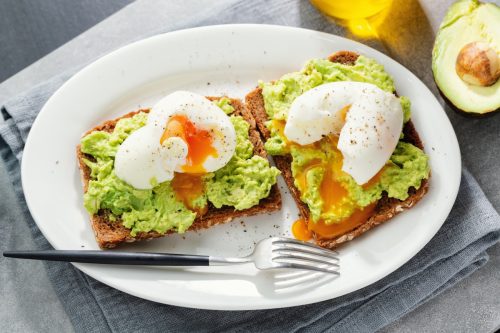
To start your morning, consider options like eggs or whole-grain cereals without added sugars. A high-protein, low-sugar breakfast can help stabilize your blood sugar levels throughout the morning, reducing cravings and providing sustained energy. Starting the day with meals that are filling and free from added sugars to set a positive tone for healthy eating throughout the day.
Incorporate more protein
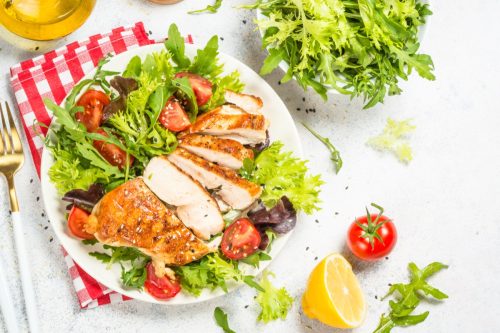
Eating more lean proteins can help manage hunger and reduce the likelihood of sugar cravings. Protein-rich foods take longer to digest and can increase feelings of fullness. This can help you naturally eat less throughout the day and is especially effective in curbing the desire for sugary snacks. The Zero Sugar Diet recommends incorporating healthy proteins at every meal to support muscle maintenance and overall satiety.
Focus on fiber
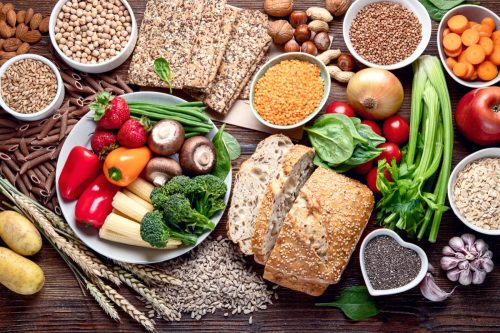
High-fiber foods like vegetables, whole grains, and legumes can help you feel fuller longer and reduce sugar cravings. Fiber not only helps with digestion but also slows down the absorption of sugar, helping to control nasty blood sugar spikes.
RELATED: 20 Easiest and Most Effective Exercises on the Planet.
Plan your meals
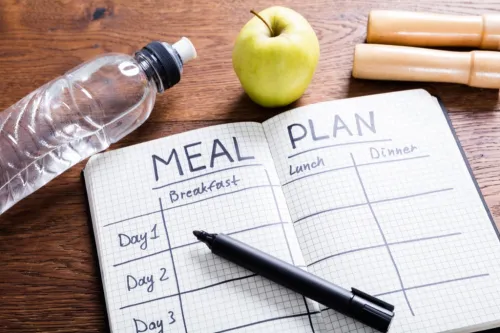
Preparing your meals ahead of time can prevent last-minute choices that tend to be higher in sugars. Meal planning is a key strategy in the Zero Sugar Diet, as it helps you avoid the pitfalls of fast food and impulsive eating, which often lead to high-sugar choices. By planning your meals, you can ensure that you have healthy, low-sugar meals ready, which aligns with your dietary goals.
Cook at home

Home-cooked meals allow you to control the ingredients and avoid the hidden sugars that are often in restaurant foods. Cooking at home is one of the most effective ways to manage your sugar intake, as many restaurants add significant amounts of sugar to their dishes to enhance flavor.
Use natural sweeteners sparingly
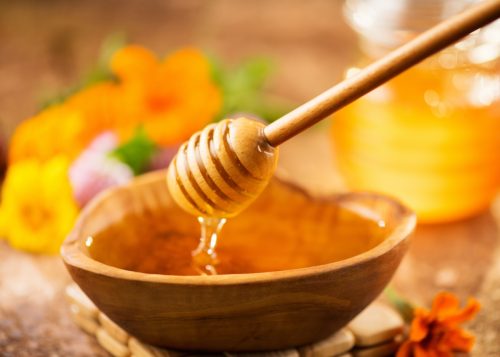
If you need to sweeten food or drinks, opt for small amounts of natural sweeteners like honey or maple syrup. While these sweeteners are natural, they still contain sugars that can impact your blood sugar levels. Use these sparingly and considering the overall context of your diet to ensure that your total sugar consumption remains low.
Limit desserts

When you do indulge, choose smaller portions or healthier alternatives that are lower in sugar. Moderation is key when it comes to desserts. Opt for desserts that use natural sweeteners or those that are naturally lower in sugar, like fruit-based desserts. This approach allows you to enjoy treats without derailing your diet.
Beware of ‘fat-free’ or ‘low-fat’ labels

These products often contain more sugar to compensate for reduced fat, because fat-free and low-fat products often replace fat with sugar to maintain taste and texture. By choosing full-fat versions, you might actually consume less sugar and feel more satisfied, which can help with overall calorie intake.
RELATED: If You Want to Lose Weight, “Avoid These Foods Like the Plague,” Fitness Expert Says.
Modify your recipes

Reduce the amount of sugar you use in recipes; often, you can cut the suggested amount by a third without affecting taste. I encourage home cooks to experiment with reducing sugar in recipes. This simple modification can significantly decrease your daily sugar intake without sacrificing the enjoyment of your meals.
Snack on nuts and seeds

These are low in sugars and high in healthy fats and proteins, which can help stabilize blood sugar levels. Nuts and seeds as excellent snacks because they not only provide essential nutrients but also have a low glycemic index, helping to prevent spikes in blood sugar that can lead to cravings.
Drink plenty of water

Sometimes thirst is mistaken for hunger or sugar cravings. Don’t underestimate the importance of hydration for overall health and its role in preventing unnecessary snacking. By staying well-hydrated, you can more accurately gauge hunger and reduce the impulse to reach for sugary snacks.
Manage stress

Stress can lead to cravings for sugary foods; find healthy ways to cope with stress, such as exercise or meditation. We all know that emotional eating often leads to sugar cravings. By managing stress effectively, you can prevent these cravings from taking hold, helping you to maintain a healthier diet.
Get enough sleep

Lack of sleep can lead to cravings for high-sugar foods. In fact, sleep affects hormones that regulate appetite and cravings. Ensuring adequate sleep can help keep these hormones in balance and reduce cravings for sugary foods.
Be mindful of your eating habits
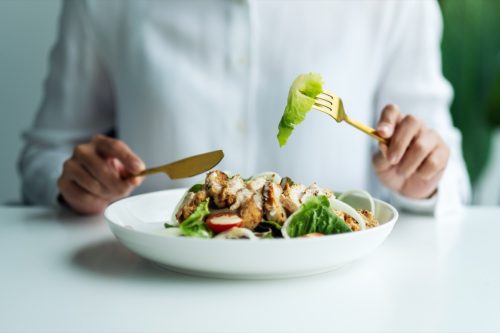
Pay attention to what you eat and why. Being mindful can help you avoid unnecessary sugars. So pay attention to the taste, texture, and satisfaction derived from food. This practice can help you recognize and modify behaviors associated with how many sweets you eat.
And bonus tip: Celebrate small victories!

Reducing sugar is not easy! Celebrate your progress, which can motivate you to continue. The Zero Sugar Diet supports setting achievable goals and recognizing accomplishments along the way. Celebrating these victories can provide the encouragement needed to maintain your commitment to a low-sugar lifestyle.
Best Life offers the most up-to-date information from top experts, new research, and health agencies, but our content is not meant to be a substitute for professional guidance. When it comes to the medication you’re taking or any other health questions you have, always consult your healthcare provider directly.